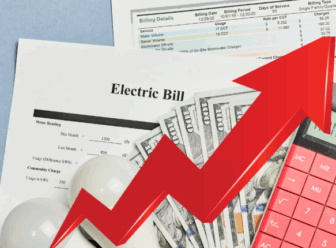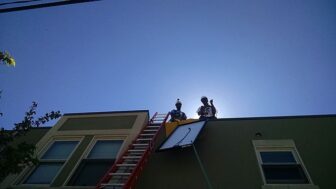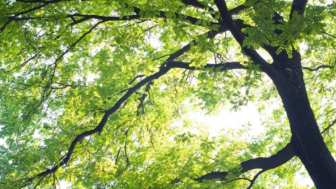On August 17th, Mike Tidwell appeared on PBS’s Bill Moyers Journal to revisit the Hurricane Katrina disaster and discuss how global warming is turning every coastal city into the next New Orleans. Here’s an excerpt of the interview:
What gives me optimism in the face of this overwhelming challenge, and, you know, Katrina really is a curtain-raiser. If you want to know what Miami’s going to look like 100 years from now, go to New Orleans today. Below sea level, behind levees, battered by huge storms– if we don’t stop global warming. This climate crisis is here now. The Great Lakes are dropping in water levels. Texas has got too much rain. The Carolinas too little. Hurricanes are getting more intense– it’s here now. It’s not a maybe, kinda sorta, maybe thing in the future that computer modeling says is coming. It’s already deeply here. So, the fact that it’s here, that this giant climate system with all the momentum built in it toward warming, it’s already unpacking its bags. What could possibly give us the optimism and hope that we can now respond at this late stage, strongly and fiercely enough to hold it in check? And the thing that I come back to is, when we decide to change, we tend to change explosively. You know, Look at the great changes in World War II and all these things that have happened in the 20th Century. I believe that this issue of climate change and sustainable– sustainability, which also implies questions of human rights, and fairness. When this light bulb finally goes on, and it’s going on.
You know, I think Katrina opened the door, Al Gore walked through it. And the zeitgeist changed a lot more. But once we finally really get serious, we’re going to change really fast.
Click here to watch it yourself or watch it below:
I would also call your attention to the Forest Service publication, Urban Tree Planting and Greenhouse Gas Reductions, by Greg McPherson:
- Although sequestration rates will level off once an urban tree planting project reaches maturity, the reduced emissions due to energy savings will continue to accrue annually.
- Dead trees can be converted to wood products or used as bioenergy, further delaying, reducing, or avoiding greenhouse gas emissions.
- Tree planting projects provide myriad other social, environmental, and economic benefits that make
communities better places to live.
Regarding uncertainty of the permanence of trees, this article suggests that permanent easements and other land protections should be used in combination with tree plantings. My Forester friends already do this. Oftentimes the landowner can get a tax deduction for the easement, so it is a win-win.
Regarding the reflectivity of the trees, or albedo, the Forest Service makes this eloquent case:
- In cities, the climate effects of incremental darkening from increased tree canopy cover are even less relevant.
- Asphalt, concrete, and roof surfaces account for 50 to 70 percent of urban areas, with the remaining area covered by trees, grass, and bare soil.
- The difference in the albedos of the different urban surfaces is small. Vegetation canopies have albedos of 0.15 to 0.30, the albedo of asphalt is 0.10, that of concrete and buildings is 0.10 to 0.35, and the overall albedo in low-density residential areas is 0.20 (Taha et al. 1988).
- In cities, increasing urban tree canopy cover does not appreciably alter surface reflectance or increase heat trapping.
- A number of field and modeling experiments have found that urban trees reduce summertime air temperatures through evapotranspiration and direct shading (Akbari and Taha 1992, Rosenfeld et al. 1998, McPherson and Simpson 2003). This reduces energy consumption and the emissions related to energy generation.
- Recognizing the climate benefits of trees, the California Climate Action Team report (2006) recommended planting 5 million trees in cities to reduce 3.5 million metric tons of carbon dioxide. Our recent study found that by planting 1 million trees, the Million Trees LA program will reduce atmospheric carbon dioxide by about 1 million tons over the next 35 years, equivalent to taking 7,000 cars off the road each year (McPherson et al. 2007). Since 1990, Trees Forever, an Iowa-based nonprofit organization, has planted trees for energy savings and atmospheric carbon dioxide reduction with utility sponsorships (McPherson et al. 2006). More than 1 million trees have been planted in 400 communities with the help of 120,000 volunteers. These trees are estimated to offset carbon dioxide emissions by 50,000 tons annually.
According to the Society for Ecological Restoration International, in an article from Science Daily yesterday, “




